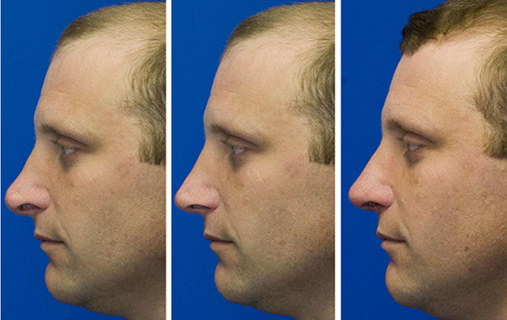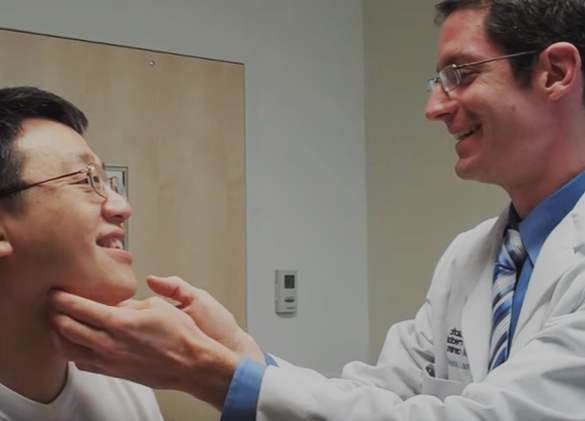Using digital morphing before revision rhinoplasty
In my last blog post I discussed my overall philosophy of using computer morphing during the preoperative consultation process. I explained how I feel that computer morphing is an invaluable tool during the preoperative consultation process. I also went over the before, morphed and after images of a patient who I performed rhinoplasty on.
Today I wanted to go a step further and discuss whether it is a good idea to use digital morphing before revision rhinoplasty surgery. Some surgeons express concerns that the results of revision rhinoplasty surgery is less predictable than primary rhinoplasty surgery. Therefore they may be reluctant to do digital morphing with a patient out of the concern of "overselling" the possible result.
Revision Rhinoplasty morphing philosophy
I agree that it is true that revision rhinoplasty surgery does make it harder to obtain the same results as one would obtain with primary surgery. Issues such as disrupted tissue planes, lack of cartilage for grafting, damage to the existing blood supply are all factors. Nonetheless, I feel that within reason predictable results can be achieved. The key to discussing planned revision rhinoplasty results is to be realistic with the expectations from the outset of the discussion. I focus on being very conservative with my digital morphing. My years of experience has shown me what changes are possible based on my patients' current anatomy and I'm careful not to create a great looking rhinoplasty result that is not attainable in reality.
Complicated Revision Rhinoplasty Case Study
The patient shown below had a prior septo-rhinoplasty several years before seeing me. As you can see on his preoperative photo on the left, the patient had issues with chronic nasal obstruction, pollybeak deformity, alar retraction and hanging columella. He also had significant collapse of his left supra-alar region.

The center image shows the planned computer morphed result and the photo on the right shows the 15 month postoperative result. The patient's alar retraction and columellar show were improved with cartilage repositioning techniques and the pollybeak was treated with trimming the bridge in the supratip region. The overall result is a masculine, non-operated appearing nose that also allows the patient to breathe much better.


